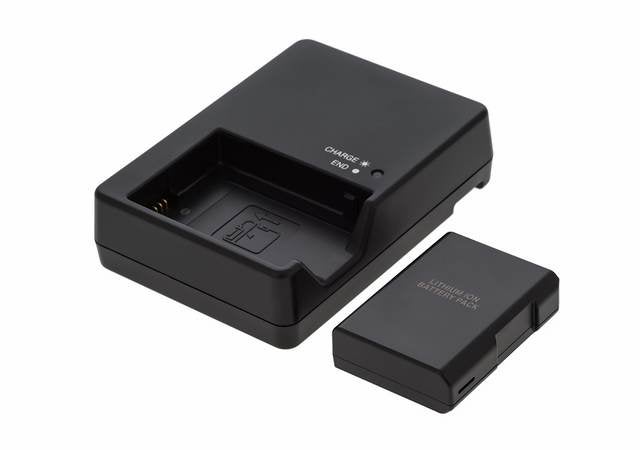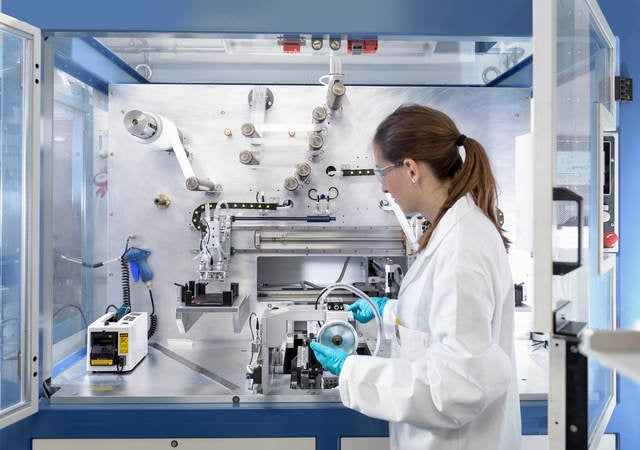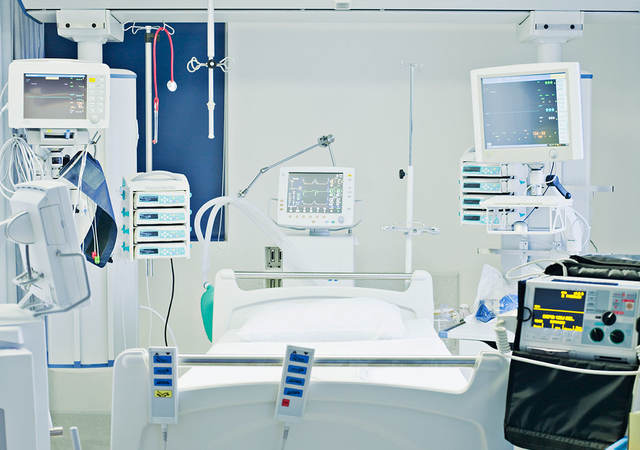On Sept. 21, 2023, the U.S. Consumer Product Safety Commission (CPSC) published two final rules in the U.S. Federal Register.
- The Commission voted and adopted ANSI/UL 4200A-2023, the Standard for Safety for Products Incorporating Button Batteries or Coin Cell Batteries, as a safety standard for performance and labeling requirements meeting 16 CFR 1263, Safety Standard for Button Cell or Coin Batteries and Consumer Products Containing Such Batteries, to establish alignment with the provisions of Reese`s Law. This rule will go into effect on March 19, 2024.
- The Commission also included the criteria outlined in Section 1263.4, addressing the labeling requirements for button cell and coin battery packaging, which will have a separate enforcement date of Sept. 21, 2024.
As a result, for products that incorporate button batteries or coin cell batteries, manufacturers and/or importers are required to provide a General Certificate of Conformity (GCC) for medical electrical devices, laboratory and measuring equipment and personal hygiene and health care appliances.
Note: Medical electrical devices, laboratory and measuring equipment and personal hygiene and health care appliances with button batteries or coin cell batteries might be accessible to children even though the intended use environment specifies restrictions regarding use by children. Devices used in the home environment that are accessible to children and devices used in a professional environment but used around or on children also require some consideration.
The manufacturer and/or importer should draft the GCC with the support of a letter report from UL Solutions indicating compliance with ANSI/UL 4200A.
Products impacted
General-use products that use button batteries or coin cell batteries include testing to 16 CFR 1263 and do not require testing by a third-party CPSC-accepted laboratory to support CPSC submission.
The ruling may impact medical electrical devices, measuring or laboratory equipment, and personal hygiene and health care appliances that use button batteries or coin cell batteries and are not currently designed in compliance with UL 4200A. AAMI ES 60601-1; UL 61010-1, the Standard for Safety Requirements for Electrical Equipment for Measurement, Control, and Laboratory Use – Part 1: General Requirements; UL 1431, the Standard for Personal Hygiene and Health Care Appliances; and UL 60335-2-52, the Standard for Household and Similar Electrical Appliances – Safety – Part 2-52: Particular Requirements for Oral Hygiene Appliances, do not refer to UL 4200A. The manufacturer and importer are responsible for complying with U.S. law regardless of the requirements in the UL Standards.
Recommended actions:
- Review the performance and labeling requirements of 16 CFR 1263, including UL 4200A.
- Review the construction design and labeling of impacted products to determine whether they fully comply with the requirements.
- Prepare the required documentation before the effective date, March 19, 2024 (and Sept. 21, 2024, for individual battery packaging).
How can UL Solutions help?
We can help you test your devices for compliance with UL 4200A. UL Solutions understands the impact of regulations on our customers’ business, and our experts can review and help you understand the new regulation requirements.
To stay ahead of the 2024 requirement, we recommend that you start reviewing your products’ compliance now.
References
- Final rules:
- Consumer Product Safety Improvement Act of 2008 (CPSIA)
- Commission's interpretative regulation at 16 CFR part 1200
- Children's Products | CPSC.gov
About the author
Paul (Bo) Zhang serves as the medical safety business lead and business development manager at UL Solutions, leading our global medical safety business strategy creation and implementation. He is a technical expert and national delegate in the IEC TC62 sub-technical committees and working groups.
Get connected with our sales team
Thanks for your interest in our products and services. Let's collect some information so we can connect you with the right person.




